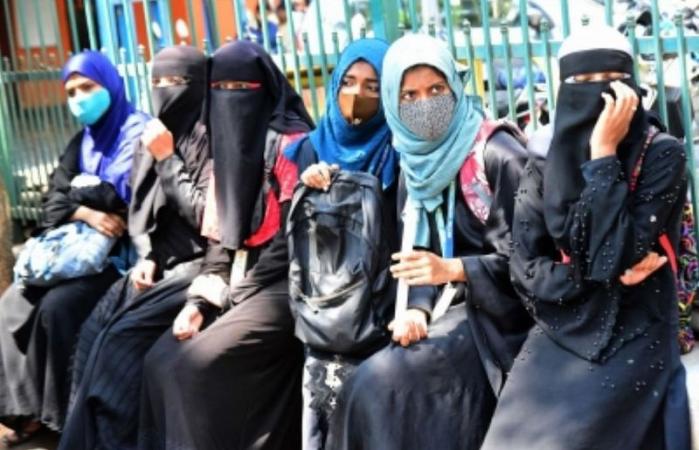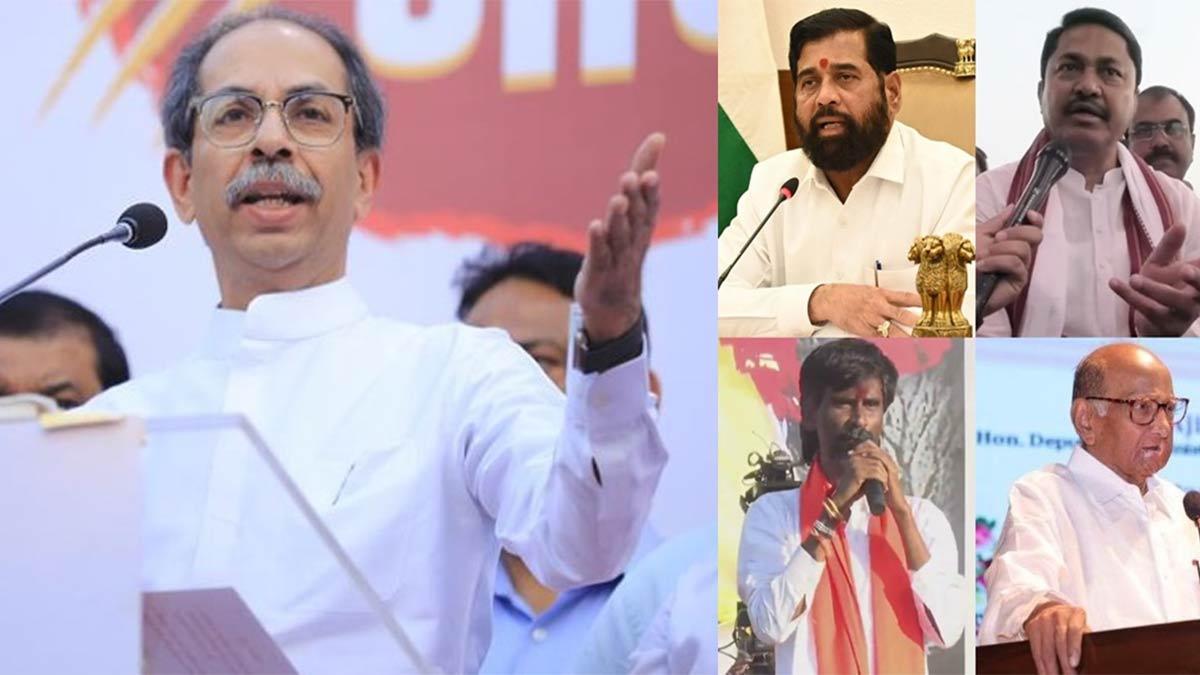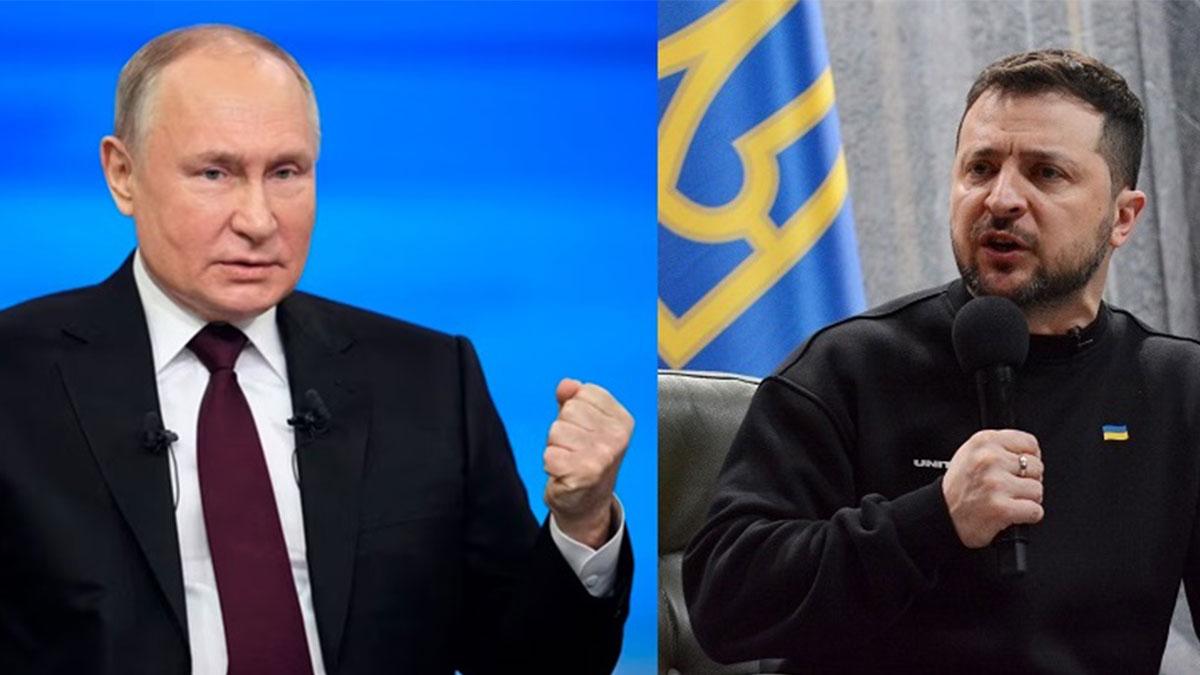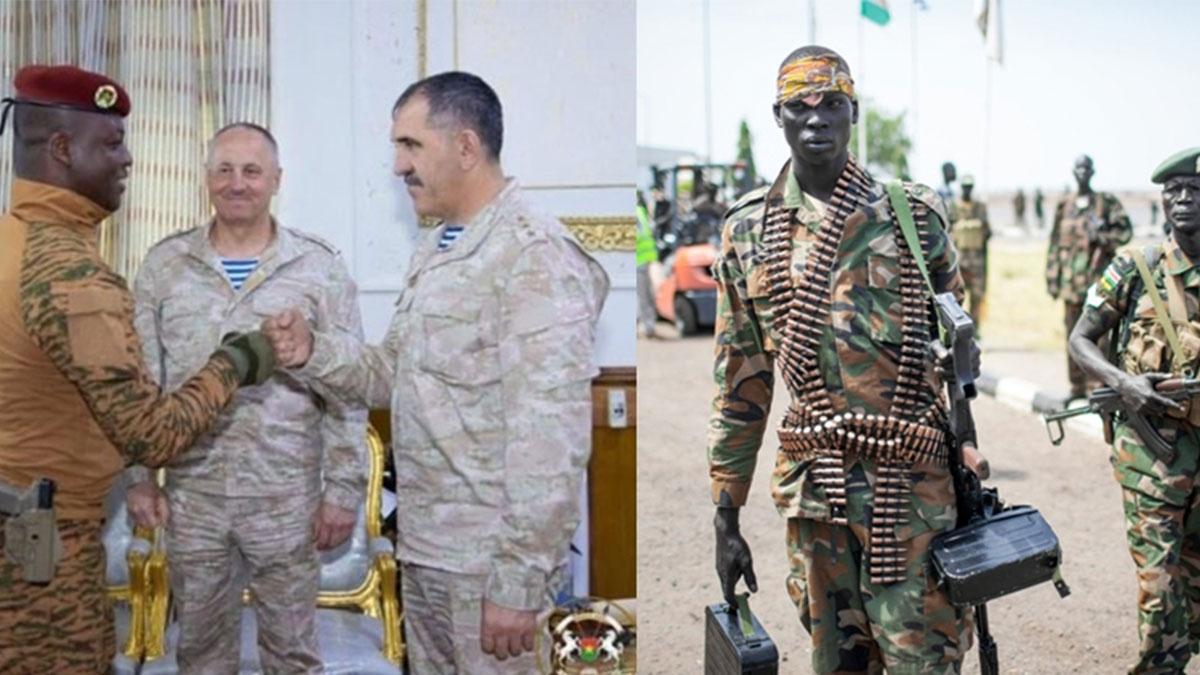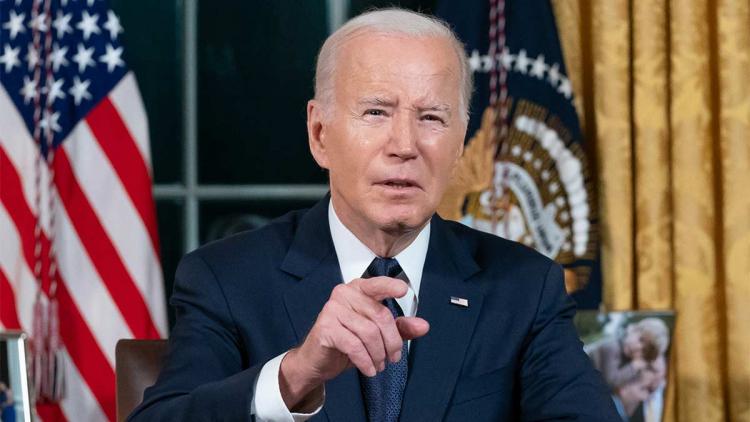The row over hijab has been raging for over a month now. The fact that young women are protesting to assert their right to wear the hijab is interesting.
This is the 21st century and India's 75th year of Independence, so if young women who have grown up in a society that allows free flow of information and an active social media are seeking to go back in time, it is something that should disturb all.
The controversy flared up when six students of a state government-run pre-university college in Udupi, who were wearing the hijab, were asked to leave the campus on January 1. The students addressed a press conference and the matter snowballed into a major issue.
More Muslim students joined the protest, and to counter this, Hindu students started donning saffron scarves. Muslim students petitioned the Karnataka High Court on January 31, seeking the right to the wear hijab in classrooms under Articles 14, 19 and 25 of the Constitution.
Also Read | Can Hijab be unveiled: A take on 'Hijab Ban' pending for adjudication before HC, SC
The court heard the case for the first time on February 8 and in its interim order restrained all students from wearing the hijab, saffron shawls, scarves and religious flags inside the classrooms.
It is pertinent to mention here that the principal of the Udipi college, Rudre Gowda has said: "The institution did not have any rule on wearing the hijab because no one wore it to the classroom in the last 35 years. The students who came with the demand had the backing of some outsiders."
The hijab row may have political and religious connections. It may be a part of a strategy for those trying to create a wedge in the society or a sinister activity to corner the country on the international stage as was evident after Pakistan and the Organisation of Islamic Countries latched on to it.
The timing of the controversy is also being questioned as Assembly elections in five states are on, with the Uttar Pradesh polls being regarded as the most critical of the five.
Also Read | Hijab or no hijab: A fundamental question
The timeline of the controversy does point to some planned activity behind the scenes. And the fallout is that the controversy is gradually becoming a 'my religion-your religion' issue. The bracketing of the issue as being sought by the protesting Muslim students can be detrimental to the cause of women and their security. It is this that the courts, the government and the civil society need to understand.
Making girls wear the hijab and burqa in schools and colleges is an attempt to further deepen the narrative that 'women / girls have to be wrapped up' and that 'covering' them up is for their own 'safety'. Does wrapping up prevent crimes against women? They don't. Crime statistics have repeatedly proven this.
What is needed is the sensitisation of society so that the right and respectful treatment of women is ingrained in every young man. And to achieve this end, schools and colleges are the best places to make a start.
The uniform is a concept that brings a sense of equality, surpassing class, religious and social divisions. Any deviation in this is bound to create a sense of division in budding minds. Isn't it important to teach young people to respect the other gender? Now, if girls are wrapped up in the hijab, burqa or purdah, gender inequalities will only get deeper and reinforce the age-old belief that women are meek and need to be protected. For many, the hijab or burqa are symbols of patriarchy.
The fears are far too deeply embedded and the hijab controversy has in some way touched the raw nerve of women.
For millions of women across the country, the 'right to hijab' row is not about religious beliefs but is reflective of a deeper tussle within. It is about a conflict over whether to integrate or to stand out, whether to cover up or be attired as one wishes to be, and whether to wrap up every inch of the skin or just be decently dressed.
The conflict is between the freedom to express and the overwhelming sense of fear of being objectified by the other gender. It is about a tussle which has its roots in the thought that a woman's physiology is not about expressing it freely, but about 'sharam' (shame) and 'lehaaz' (manners). Most women do not want to wear either the hijab or the burqa, but it is family or community pressure that prevails upon them.
The protests by young women for the right to wear the hijab have made everyone sit up and take notice. Is it really their choice, or have they succumbed to community pressure and political games? The answers can be conflicting, but the only truth is that the hijab or burqa or purdah can never be the right choice.

